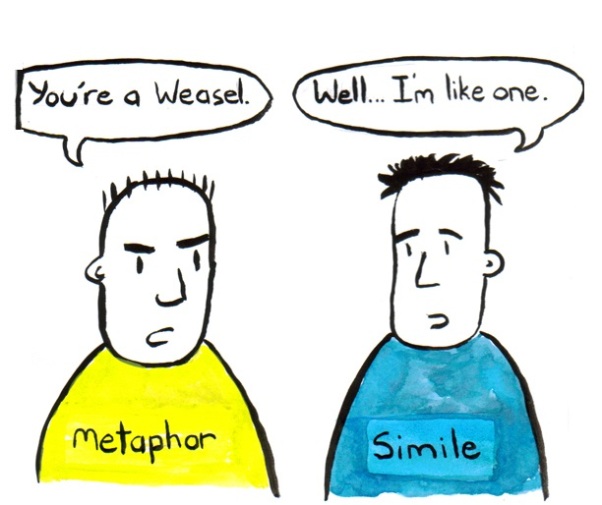
Why is storytelling so important in any presentations? A good story captivates an audience. Think about your favorite book, TV show or movie — the plot and way it is told hooks you in. But there is ONE thing I learnt about story telling or story crafting is this:
Do not focus too much on the place and people
As a storyteller, we should always let the audience do the work—let them create their own pictures in their head.
So remember, DO NOT spend a large portion of your story describing the place and people. Instead focus on the drama i.e. what happened and how did it get resolved?
Here’s the example,
a. What happened??
An 11 years-old boy made RM100 in a month to buy himself a video game
b. Who was involved?
The boy and other kids
c. How can people connect or relate to this story?
All of us can make money no matter how young or old we are.
d. What are the findings?
Every other kids already owned the video game as a reward from their good examination grades. Unfortunately, the boy will not get the toy no matter how good his grades are because his parents are poor. So he has to find a way. He made his first RM100 by selling “cheat codes” for that video game. It became a hit among his classmates, then schoolmates…and eventually kids from other school.
e. What is the message?
Entrepreneurship can be taught since young. Making money is easy if we managed to find a way and follow our passion.
As a presenter, our job is to entertain and educate. Your audience needs to walk away learning something. Not only will your story offer immediate connection, it also provides an anchor to your message. People usually remember stories better than anything else.




